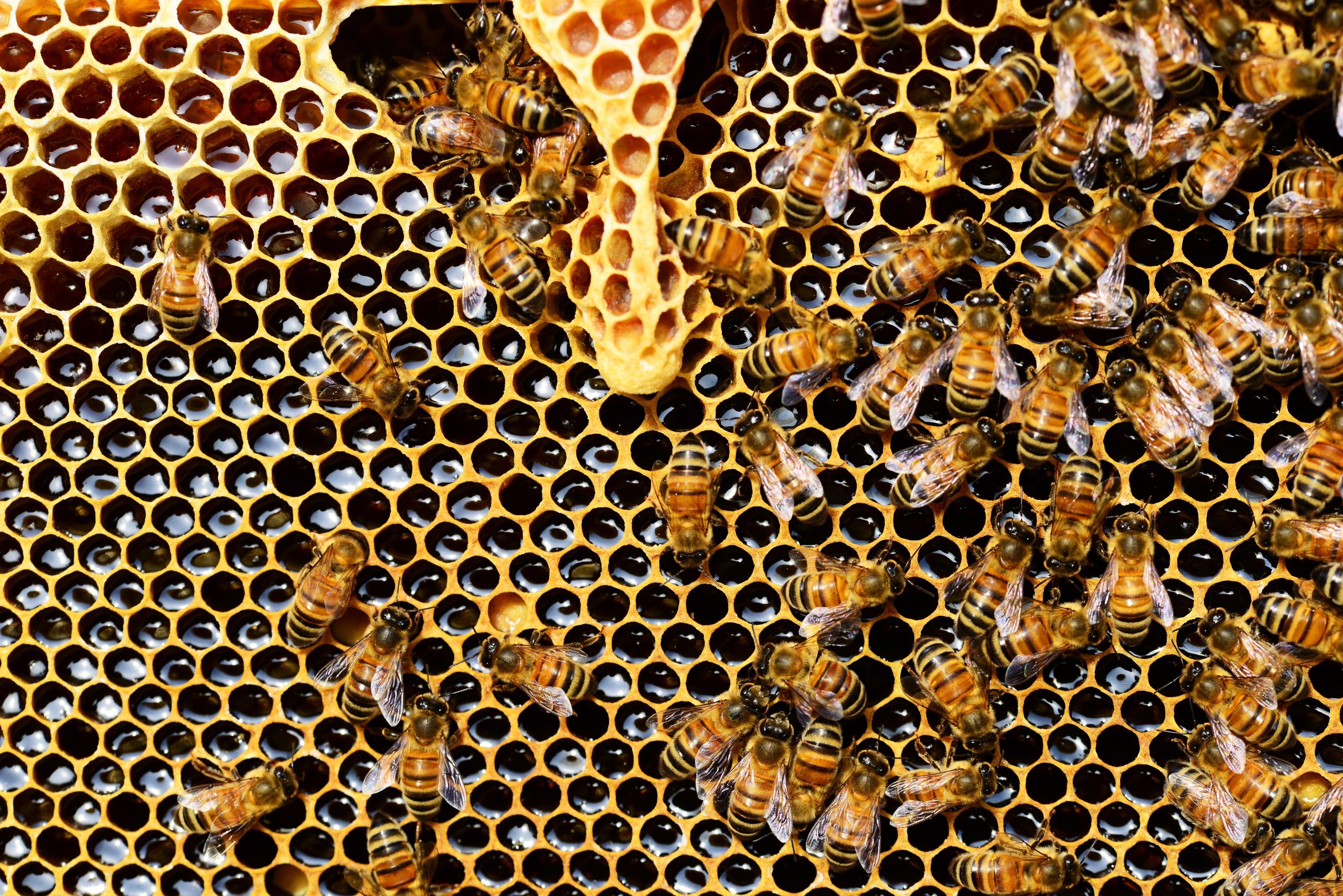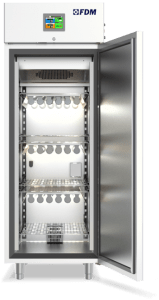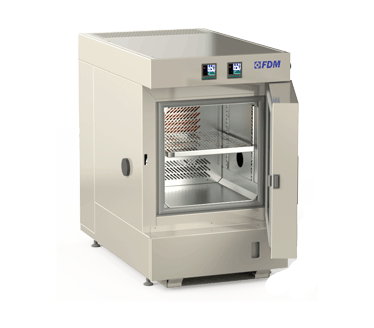
Insect rearing has accompanied human history for centuries. For example, in Europe we have examples of sericulture - that is, rearing of silkworms - since the Middle Ages, while in China this practice has been known for at least 5000 years!
Today, insect rearing plays a very important role for research and modern science has developed increasingly efficient tools for this purpose, such as the insect rearing chamber.
Let's see what it consists of.
What is insect rearing for?
But first of all: what is the point of rearing insects?
Traditionally, insect rearing has played an important role in the production and processing of raw materials. Let's think about the aforementioned sericulture to obtain thirst or beekeeping for the production of honey.
In recent years, however, insect rearing also serves other purposes.
The rearing of insects for food purposes, for example, is one of the ways being fought to meet new ecological challenges. Insects can be food for livestock, pets and even humans.
Finally, insect rearing also serves scientific research. Some small insects are perfect for studying the human genome. Among these we have Drosophila melanogaster also known as fruit flies. Their genome is sufficiently similar to ours to the point that its sequencing is useful for understanding the functions of each gene and each protein. We talked about it here.
Illumination Chamber
Discover the latest features of FDM Growth Chambers.
How the Insect rearing Chamber Works
We have seen that insect rearing has existed since the dawn of human civilization. Even today, traditional methods are widely used around the world for intensive cultivation.
However, especially for research purposes, it can be useful to breed insects using new technologies that guarantee precision and reliability and do not require large natural spaces.
This is what insect rearing chambers are for.
Insect rearing chambers are laboratory instruments specifically designed for the rearing of small insects but also plants, bacterial cultures and microorganisms in general.
The insect rearing chamber can have various dimensions depending on the use we want to make of it but some characteristics are necessary for its functioning.
First of all it must be an environment isolated from the outside. Insect rearing chambers are in fact part of the broader class of climatic chambers, i.e. chambers in which it is possible to create extremely precise environmental conditions which, in this case, are those favorable to the rearing of insects.
Therefore an insect rearing room must be able to regulate three fundamental environmental parameters: temperature, relative humidity and lighting.
Each of these is fundamental for the rearing of different species of insects including the aforementioned fruit flies.
You cannot find the ideal chamber for your test?
Create your own environment, according to any test requirement
The FDM Insect rearing Chamber
For over 70 years, FDM - Environmental Makers has been designing climatic chambers for scientific research and the safety of products and materials.
Our Insect rearing Chamber, also called growth chamber or lighting chamber, is available in different models that meet all needs. Each FDM insect rearing chamber has highly precise temperature and relative humidity controllers and different lighting sets that serve different purposes. Insect rearing lamps are known as BioLamp.
For further doubts and questions, please do not hesitate to contact us.
Would you like to receive a quote or do you have questions about the product?
Contact us to receive more information about this Product.



